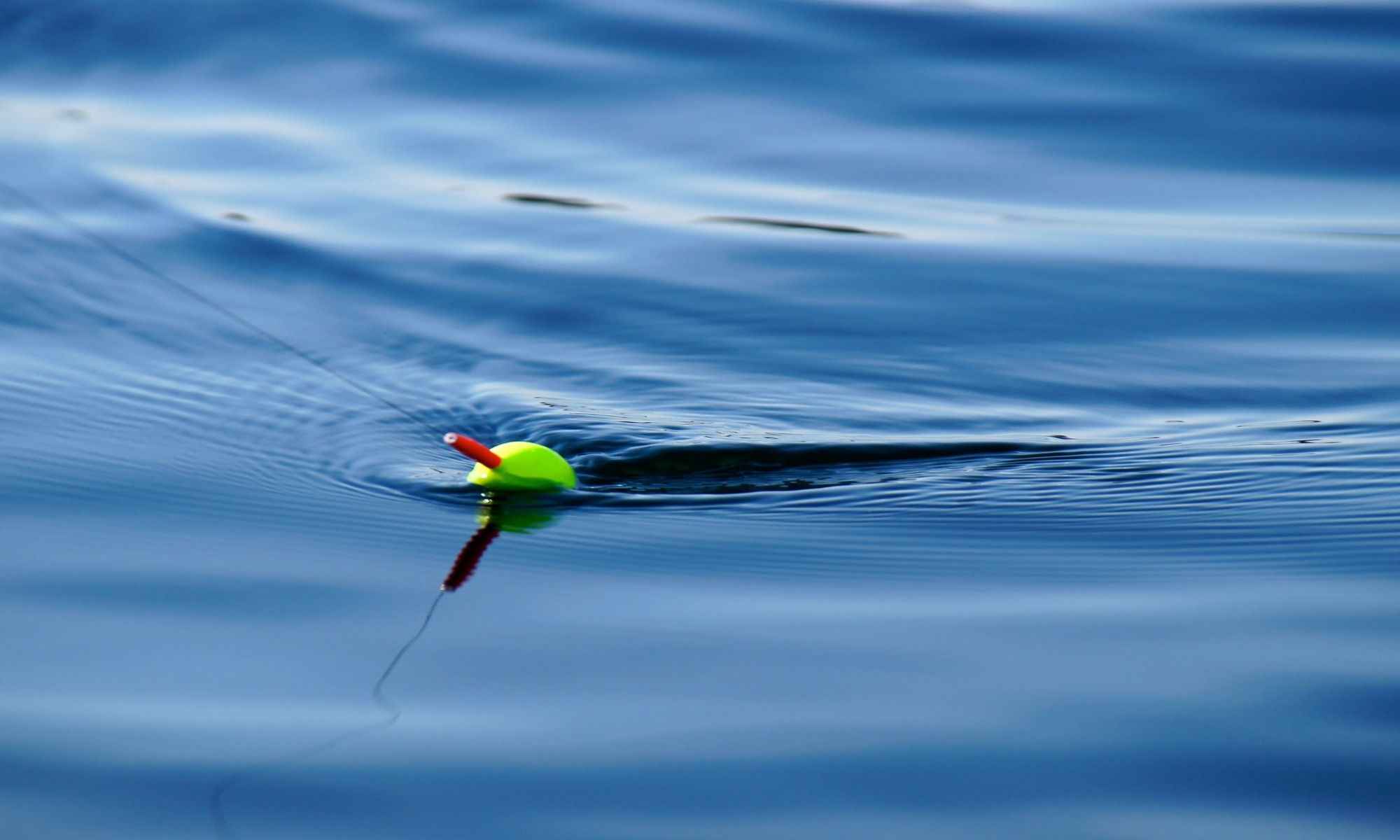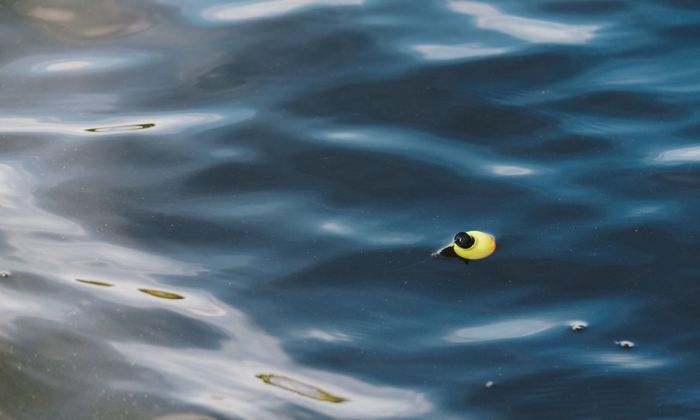Topwater Poppers: Tips on How to Choose the Best Ones
If you're trying to decide on the best topwater poppers, here is a guide on choosing the top ones.

Poppers are topwater or floating hard baits with cupped or concave mouths that make a big splash on the water when cast out. When jerked back on the retrieve, the bait spits water and makes a “popping” or “chugging” sound as it is pulled back across the surface. This design is meant for it to appear like injured prey struggling on the surface of the water.
Poppers are commonly used for target fishing and are a favorite of anglers to use for smallmouth and largemouth bass. These topwater lures can be cast with precision nearby structures such as docks, rocks, around shoreline covers, laydowns, and seawalls.
Finding the right cadence pattern or rhythm of popping is something that may differ for each angler, but you can think of working this lure similar to writing a message in Morse code. You'll want to create a pattern of pops and pauses to communicate your presence to fish in the water so they'll come out to bite.

What makes the popper effective is the ability to thoroughly control it near the shore or various forms of cover. A common technique is to cast close to cover, pausing a few seconds, and then popping it gently to attract attention and entice a bite. Alternatively, they can be retrieved very quickly across the surface to imitate shad that are escaping from a predator.
How to Choose the Best Poppers

1.Listen to the Sound
Some topwater lures can generate a variety of sounds from gentle pops to resonating chugs, depending on how tight your line is. Other factors that can change the sound created are how hard or soft you retrieve it, how high you move the tip of your rod, and of course what kind of popper you're using.
There are two main types of poppers, but both are essentially designed to function the same way, namely chuggers and spitters. The only difference is the noise and activity they create. A good rule of thumb to follow is to match a fish’s aggression level with the popper’s volume level.
One of the most popular poppers is hula poppers, which are defined as a chugger. First created by Arbogast, they have defined this genre of topwater lures with their distinctive “pop” noise as it moves across the water. The sound is generated when the bubble or dome of water that forms over the bait breaks as it’s jerked during the retrieve. A round ripple of water is also created around it.

Spitters, on the other hand, look almost exactly the same except for the design of the mouth. It’s not symmetrical since the top part of the mouth protrudes slightly. This, in turn, prevents the formation of the round bubble that makes the chugger distinct. Instead, spitters, for lack of a better term, spit out the water which creates a gentler sound. Some spitters also have a blowhole of sorts that shoots out water from the top of its head as it moves.
2. Windy Water
When the water is choppy due to strong winds, fish will have trouble seeing and locating a lure that’s focused on being a visual presentation. Using a popper creates a loud exaggerated commotion that makes it easier to detect, despite the rough waters. If fish don’t see the splash, they’ll at least be drawn towards the pop and you'll want to retrieve poppers fast on choppy waters.
3. Cool Waters
It’s no secret that fish get lazier and less alert when the waters are cold, especially during fall and winter. Once temperatures hit the low 60s or high 50s, you’ll need to amp up your game to wake up the fish a little bit. In this situation, a popper of any kind should be effective, although don’t expect them to fight over your lure instantly. You’ll still need to exercise a little patience during the colder months, extending your pauses between jerks longer than usual to give the fish a little more time to warm up.
4. Size it Up
Even though you’re trying to hook a big one or fill up your bag, don’t forget to pay attention to the baitfish around your honey hole, especially during fall if you’re targeting bass. Once you start to observe that smaller baitfish are abundant, a small spitter is your best bet for its gentler pop. The principle of matching the hatch applies here (as with all things), since throwing in a large lure will be too conspicuous and can easily scare away your target species.
5. What Time is It?
Like other topwater lures, poppers work best during low light and the golden hours or transitions between night and day. When visibility is lower or the fish are still inactive, using a popper can be a good way to create a commotion and wake them up.
6. True Colors
There are a lot of different colored poppers, but it’s best to keep it simple. Choosing the right color has a lot to do with the water and environment you’re fishing in. When the water is clear and visibility is at its peak, choosing something shiny like chrome is your best bet since it does well to imitate baitfish such as shad. On the other hand, when the sky is overcast or if it’s night, a white or black popper is a better choice. Finally, if you’re fishing near a lot of aquatic plants, something yellow-green or chartreuse will work best.
Topwater Poppers: Keep Them Popping
Poppers are one of the easiest and most active lures to use because they don’t need a great amount of finesse or rod sensitivity. The only thing to watch out for is the wind speed and the ripples you create on the top of the surface, just like other topwater lures.
Generally, the best way to use a popper is to let it float until the ripples disappear after it hits the water. Once all the disturbance you’ve made has subsided, give it a good jerk, and repeat the process.




